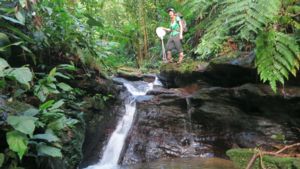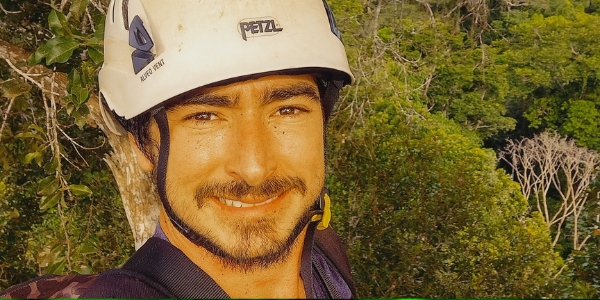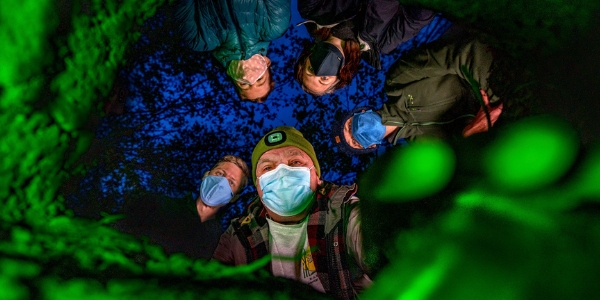Trinidad's streams provide natural lab for genetic rescue research
Trinidadian Guppies, ubiquitous in freshwater aquariums around the world, are no bigger than your thumb. But for Sarah Fitzpatrick, assistant professor in Michigan State University's Department of Integrative Biology (IBIO), Ecology, Evolution, and Behavior Program, and W.K. Kellogg Biological Station (KBS) faculty member, these small fish came up big.
The fast generation time and well-studied characteristics of guppies make them an ideal model for studying evolution in the wild, and their native habitat of Trinidad is an ideal natural laboratory for her research on genetic rescue as long as she was willing to individually tag close to 10,000 guppies.
These guppies became the rock stars of Fitzpatrick's paper on the feasibility of genetic rescue, "Genomic and Fitness Consequences of Genetic Rescue in Wild Populations," recently published in Current Biology.

"Genetic rescue, an increase in population size caused by gene flow, is a strategy that may help small populations recover from fragmentation and inbreeding, but it is rarely used in conservation because of many unknowns and risks involved with moving individuals from one population to another," said Fitzpatrick, whose lab is stationed at KBS. "I am ultimately interested in studying genetic rescue to inform and improve management of imperiled populations."
Found throughout stream systems in Trinidad, Fitzpatrick focused her work on guppies who populated small headwater streams above waterfalls that acted as barriers to guppies and other fish. With low genetic diversity, the isolated populations were ideal proxies for studying small, fragmented populations of conservation concern.
A separate project was planning to translocate guppies from a large downstream river into two, small headwaters upstream from these isolated populations, so Fitzpatrick and her colleagues were in a unique position to study, in real-time, how gene flow from guppies adapted to a different environment affected small, native populations.
"It was really exciting because we didn't know what to expect," Fitzpatrick explained. "Would the new genetic variation be a good thing for the small populations and cause genetic rescue? Or would the introduced guppies bring in traits that disrupted local adaptation?"
Read more at MSU Today.



